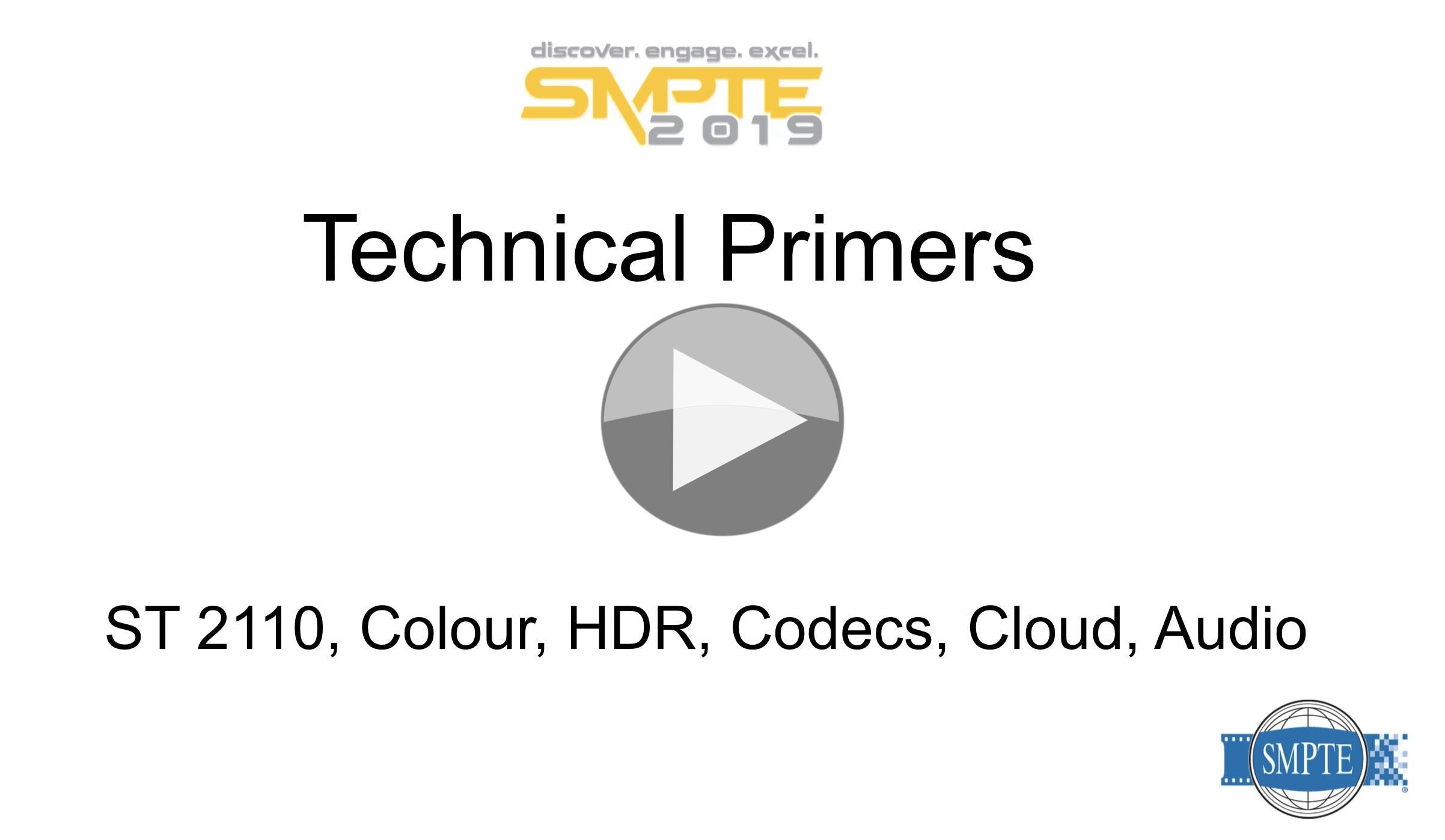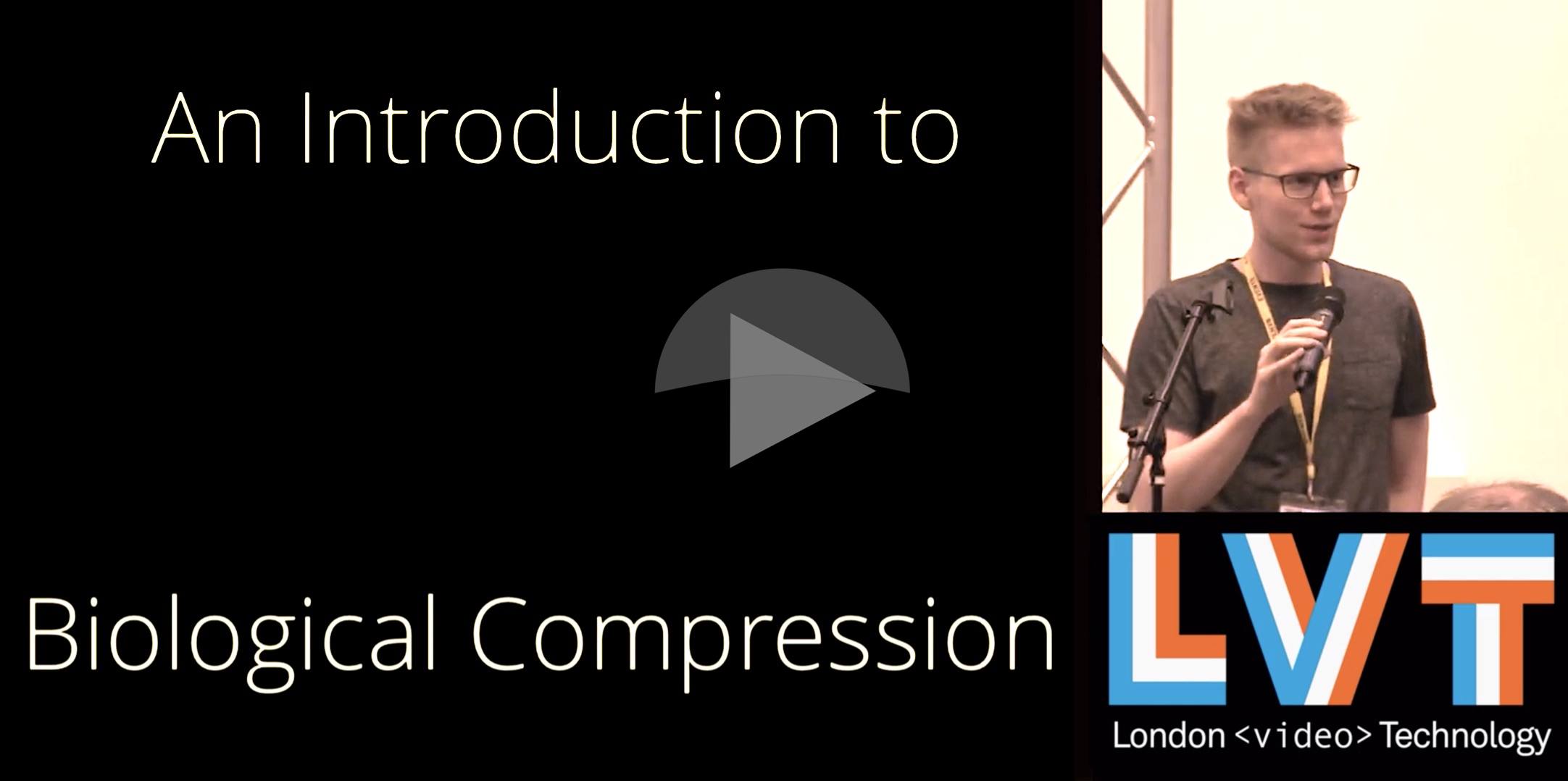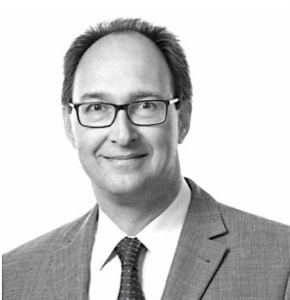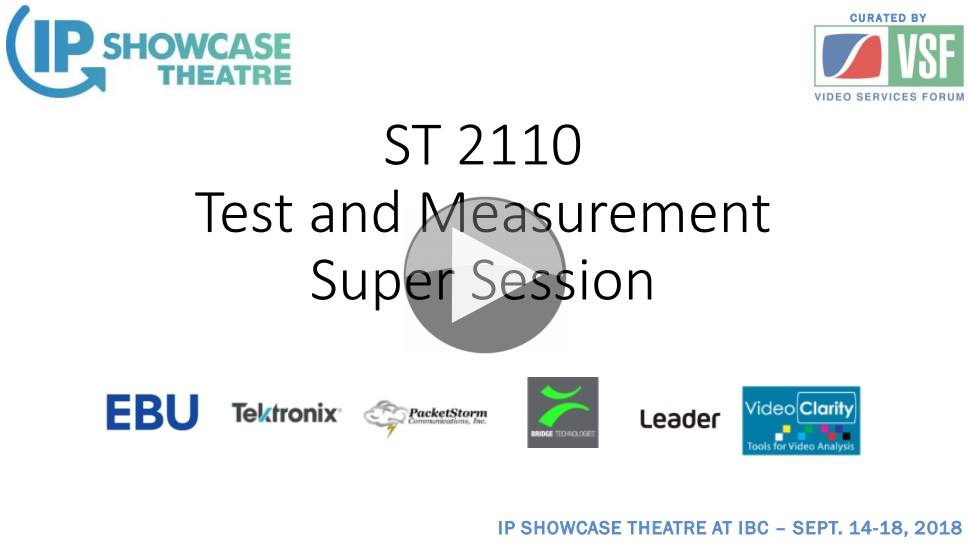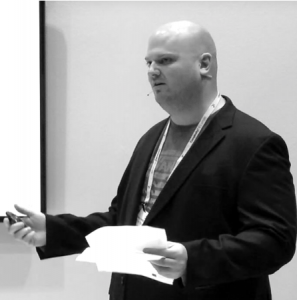The Broadcast Knowledge exists to help individuals up-skill whatever your starting point. Videos like this are far too rare giving an introduction to a large number of topics. For those starting out or who need to revise a topic, this really hits the mark particularly as there are many new topics.
John Mailhot takes the lead on SMPTE 2110 explaining that it’s built on separate media (essence) flows. He covers how synchronisation is maintained and also gives an overview of the many parts of the SMPTE ST 2110 suite. He talks in more detail about the audio and metadata parts of the standard suite.
Eric Gsell discusses digital archiving and the considerations which come with deciding what formats to use. He explains colour space, the CIE model and the colour spaces we use such as 709, 2100 and P3 before turning to file formats. With the advent of HDR video and displays which can show bright video, Eric takes some time to explain why this could represent a problem for visual health as we don’t fully understand how the displays and the eye interact with this type of material. He finishes off by explaining the different ways of measuring the light output of displays and their standardisation.
Yvonne Thomas talks about the cloud starting by explaining the different between platform as a service (PaaS), infrastructure as a service (IaaS) and similar cloud terms. As cloud migrations are forecast to grow significantly, Yvonne looks at the drivers behind this and the benefits that it can bring when used in the right way. Using the cloud, Yvonne shows, can be an opportunity for improving workflows and adding more feedback and iterative refinement into your products and infrastructure.
Looking at video deployments in the cloud, Yvonne introduces video codecs AV1 and VVC both, in their own way, successors to HEVC/h.265 as well as the two transport protocols SRT and RIST which exist to reliably send video with low latency over lossy networks such as the internet. To learn more about these protocols, check out this popular talk on RIST by Merrick Ackermans and this SRT Overview.
Rounding off the primer is Linda Gedemer from Source Sound VR who introduces immersive audio, measuring sound output (SPL) from speakers and looking at the interesting problem of forward speakers in cinemas. The have long been behind the screen which has meant the screens have to be perforated to let the sound through which interferes with the sound itself. Now that cinema screens are changing to be solid screens, not completely dissimilar to large outdoor video displays, the speakers are having to move but now with them out of the line of sight, how can we keep the sound in the right place for the audience?
This video is a great summary of many of the key challenges in the industry and works well for beginners and those who just need to keep up.
Watch now!
Speakers
 |
John Mailhot Systems Architect for IP Convergence, Imagine Communications |
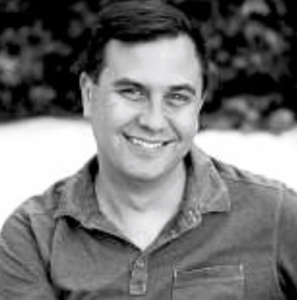 |
Eric Gsell Staff Engineer, Dolby Laboratories |
 |
Linda Gedemer, PhD Technical Director, VR Audio Evangelist Source Sound VR |
 |
Yvonne Thomas Strategic Technologist Digital TV Group |

